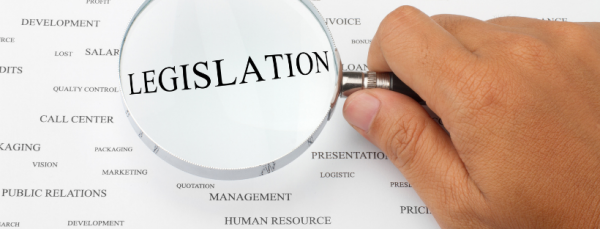Once the let has been agreed (i.e. you have accepted the tenant's offer), you will need to carry out a range of checks including a tenant reference, credit check and Right to Rent immigration check.
Following this process and providing everything is satisfactory, you can then draw up the tenancy agreement for both you and the tenant to sign.
Once the contract has been signed, the property is officially let. At this point, you will need to make sure it is ready to move in to.
You'll need to carry out the relevant safety checks (smoke and carbon monoxide alarms, gas safety and electrical safety), as well as carry out an inventory check-in.
The inventory is a record of the property's condition and contents at the start of the tenancy. It's a very important document that could come in handy at the end of the contract if you need to make deductions from the tenant's security deposit.
Once you have received the tenant's deposit you'll also need to make sure it is protected with one of three government-approved schemes. It's then time to organise a move-in date with the tenant and then finally there are a number of documents you will need to provide upon the tenant's arrival at the property. These include, but are not limited to, a copy of the government's ''how to rent' guide, a copy of the Energy Performance Certificate and a copy of the latest gas safety report.
There are several other things to think about and of course once the tenant is in situ, you'll then have to consider the ongoing management of the property.
All of the above are processes which an experienced and reputable letting agency can handle for you, saving you time and providing you with peace of mind.
If you want more information about the how the rental process works once a let has been agreed and then the tenancy agreement has been signed, you can request a callback HERE.
Have a great day!






Share this with
Email
Facebook
Messenger
Twitter
Pinterest
LinkedIn
Copy this link